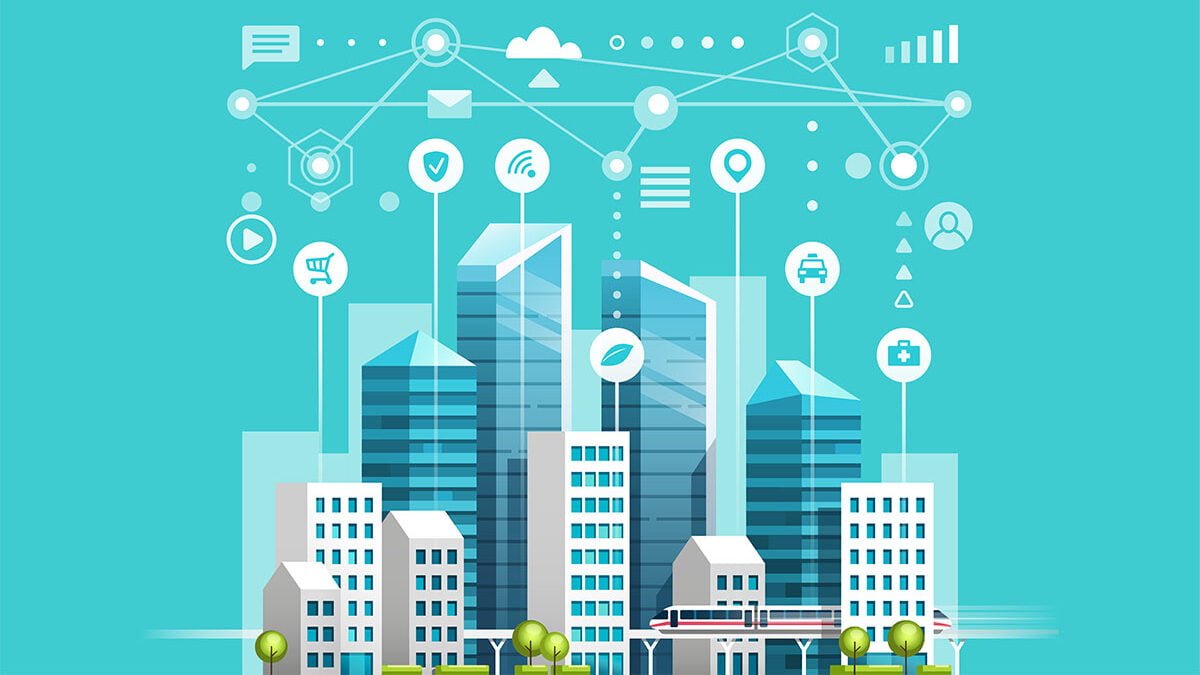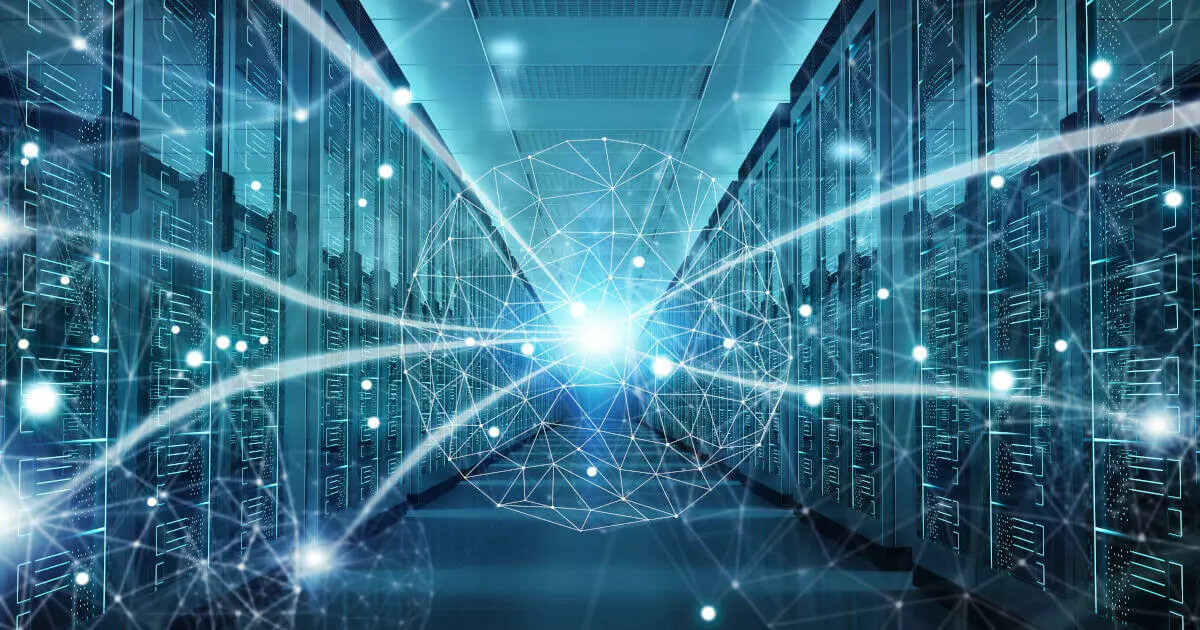Powering Urban Intelligence Through Distributed Systems
As cities become more connected, the need for fast, scalable computing rises. Smart cities rely on constant data flow—from sensors, traffic signals, energy grids, and public services. These systems generate large volumes of information, often in real time. To manage and analyze that data, cities need more than traditional servers. They need flexible infrastructure that can grow with demand. Grid computing provides that foundation.
Grid computing spreads tasks across multiple machines, which may be spread out geographically but work together like one system. In smart cities, this setup makes it easier to handle big workloads without expensive central servers. Instead of sending everything to one location, computing happens closer to the data source, reducing delays and improving responsiveness.
This model supports a range of smart city functions. Whether it’s monitoring air quality, predicting traffic jams, or managing emergency services, grid computing gives cities the tools to respond quickly and efficiently—without building out massive data centers.
Supporting Real-Time Services and Alerts
Urban services often depend on real-time insights. Public transit updates, emergency alerts, weather notifications—all of these need to be processed and shared within seconds. Grid computing allows that by distributing the load so that systems don’t get overwhelmed when demand spikes.
Take a traffic monitoring system. Dozens of sensors collect vehicle flow data every minute. If processed centrally, delays might make the data useless. With grid computing, nearby edge devices or regional nodes can handle much of the workload before sending only necessary updates to the core system.
This approach also helps during emergencies. When a power outage or weather event hits, city networks may experience heavy usage. Grid computing keeps services running smoothly by shifting workloads to less-busy nodes, helping ensure critical systems stay responsive.
Managing the Complexity of IoT Networks
The Internet of Things (IoT) adds complexity to smart city planning. A single city may have thousands—or millions—of connected devices, from streetlights to smart meters. Managing these devices and making sense of their data is a major task, especially when uptime and reliability matter.
Grid computing helps by acting as a shared computing platform. Devices feed data into the grid, where it’s processed by whichever node is available. This removes bottlenecks and allows maintenance teams to focus on devices rather than the entire network’s infrastructure.
In practical terms, this means smoother building management systems, better utility usage tracking, and improved environmental monitoring. With a reliable grid in place, cities can trust that their IoT systems will work together, scale when needed, and stay secure.
Enabling Smarter Energy Distribution
One area where grid computing stands out is energy management. Smart grids rely on real-time communication between homes, businesses, and power stations. They need computing systems that can process loads of energy usage data and make decisions about where power should go.
Grid computing allows different energy nodes to calculate supply and demand at local levels. This helps avoid overloads and optimizes the use of renewable sources. Solar panels on homes, for example, can feed energy back into the system, and grid computing helps decide when and where that energy should be redirected.
By using distributed computing, utility companies and city planners gain more control over energy flows. This leads to fewer outages, lower energy waste, and smarter billing for users. It’s not just about keeping the lights on—it’s about doing it efficiently.
Enhancing Public Safety and Emergency Coordination
Safety in a smart city depends on clear communication and fast decisions. When emergencies happen—like floods, accidents, or public health alerts—response teams need up-to-date data. Grid computing plays a key role in delivering that data quickly, even during peak network load.
Sensors in smart infrastructure detect changes such as rising water levels, sudden temperature shifts, or increased foot traffic. These alerts are sent through the grid to systems that trigger warnings, re-route traffic, or notify responders. Because the grid spreads the task load, alerts are processed faster, reducing reaction time.
In addition, grid-based systems help coordinate across departments. Police, fire, and ambulance services can access shared dashboards or data feeds. Each system works independently but feeds into the same network, allowing for broader coordination without overloading any single node.
Supporting Environmental Monitoring and Sustainability Goals
Smart cities aim to be cleaner and more sustainable. That requires constant monitoring of air quality, noise pollution, water systems, and energy usage. With thousands of sensors reporting in, the amount of data can be overwhelming. Grid computing helps manage that flow and turn raw data into useful insight.
Instead of sending every data point to a central hub, edge nodes can filter and summarize local data. This keeps the network from getting clogged and allows important patterns to stand out more clearly. For instance, if a section of the city sees a spike in CO2 levels, nearby nodes can compare it to weather patterns or traffic volume before sending an alert.
Over time, this kind of analysis helps cities track improvements and target problem areas. Planners can adjust public transport routes, enforce emissions rules, or update building codes based on actual trends, not just estimates.
Improving Infrastructure Maintenance and Planning
City infrastructure—from roads to water pipes to bridges—needs constant care. But doing routine checks everywhere is time-consuming and expensive. Smart cities use sensors to detect wear and tear. Grid computing takes that sensor data and helps teams decide where to focus their efforts first.
By processing inspection data locally and comparing it to historical patterns, grid systems can flag parts of the city that are at higher risk of failure. Maintenance crews then prioritize those areas, preventing major breakdowns before they happen.
This method reduces downtime, lowers repair costs, and extends the life of infrastructure. It also helps city planners make better long-term decisions, using reliable data about usage trends, wear rates, and public feedback.
Balancing Performance and Privacy
Handling city-wide data raises concerns about security and privacy. Information from smart homes, transport systems, and public cameras must be protected. Grid computing offers a flexible way to keep sensitive data close to its source, rather than moving it to centralized locations.
By using local nodes for initial processing, personal data can be anonymized or filtered before being shared. This keeps detailed information private while still giving planners the data they need to make improvements.
VPNs, firewalls, and strong encryption also play a role. With these tools in place, grid computing becomes not just fast and efficient—but trustworthy. That balance between speed and safety is key to gaining public support for smart city initiatives.
Supporting Long-Term Urban Innovation
As cities grow, so do their challenges. Grid computing gives planners the ability to scale systems, test new services, and adapt to changing needs. Whether it’s preparing for a festival, managing seasonal demand, or adding new transportation options, the system can adjust without major overhauls.
This flexibility supports innovation. A city can test a pilot program in one district and expand it if successful. By incorporating urban edge computing, the grid handles the extra load without needing new infrastructure each time. That makes smart cities more adaptable and able to evolve alongside their residents.
Investing in grid-based infrastructure today means smoother integration of future technologies—like autonomous vehicles, real-time language translation, or AI-based waste collection. Each of these depends on fast, distributed computing, and grid systems are ready to handle the demand.
Connecting Communities With Smarter Systems
At its heart, a smart city aims to improve everyday life—shorter commutes, cleaner air, safer neighborhoods, and more efficient services. Grid computing helps make those goals real by managing the data and computing power needed behind the scenes.
From powering traffic lights to analyzing sensor data, grid computing works quietly but effectively. It supports growth without adding complexity and keeps services moving when people need them most. As more cities take steps toward digital transformation, grid computing will remain a key part of the foundation.
With the right infrastructure in place, smart cities become more than just a network of devices—they become responsive, reliable, and ready for the future.



